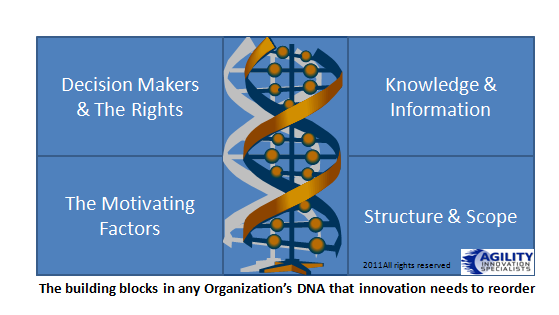Emotional attachment prompts some incredibly strong bonds, a host of clear affections and different reactions when it comes to our favourite brands or products but then something disruptive happens and these bonds are broken.
When something suddenly ‘disrupts’ this, it triggers a set of mixed emotions that shakes you and stirs up different feelings that take some time to re-order in your mind.
I try to seek understanding and then simply have to let go, even when they so often stare me in the face. Sometimes you still don’t want to finally let go until you are ‘hit’ by such a disruptive event.
The recent Kodak moment is one of those
One of those has happened to me with the filing of bankruptcy protection under Chapter 11 for Kodak.
For so many people those “Kodak moments” make up such incredibly important parts of our lives. Stuffed under the beds, in boxes, in cupboards are those images of youth, family, important occasions and holidays that sit happily in the back of our minds waiting to be prompted by those images captured with the help of Kodak.
Hindsight and that regrettable smugness, that seems to always emerge. Continue reading “Those disruptive moments when you simply need to let go”

